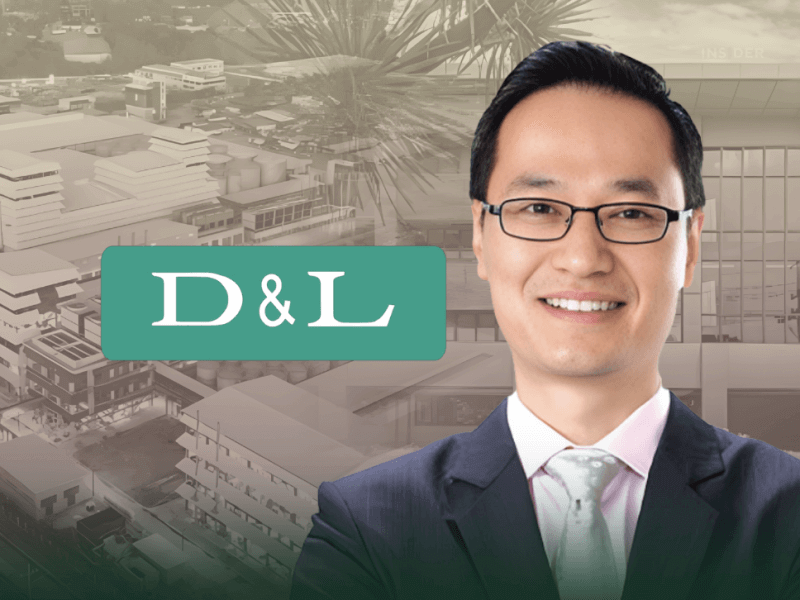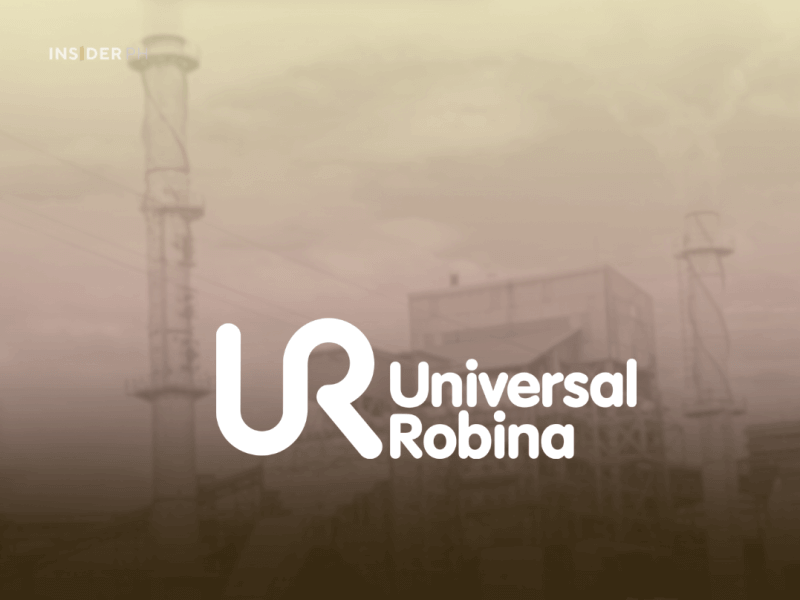

Despite higher costs from its Batangas plant, the facility turned its first full-year profit of P244 million, helping offset rising expenses.
Exports surge, offsetting weaker domestic market
D&L’s export sales jumped 37 percent to P12.4 billion, with export gross profits rising at the same rate. This helped cushion weak domestic sales, which grew 16 percent, though gross profits fell 4 percent due to cautious consumer spending.
Trump tariffs pose risks, D&L bets on opportunity
While new tariffs may bring short-term volatility, D&L’s pricing model allows it to adjust selling prices to absorb forex and commodity swings.
“In our view, the apparent trade tensions between the US and China present opportunities for companies like us to supply businesses that can’t source from either country,” said D&L president and CEO Alvin Lao. “Our new plant in Batangas gives us the capacity and capability to cater to bigger export customers.”
Exports now account for 30 percent of total sales, with D&L focusing on highly customized, R&D-driven products and coconut-based goods that benefit from the Philippines’ natural resources.
Management’s view and outlook
“We are pleased to see our Batangas plant operations yielding promising results. This gives us the confidence that, over time, our industry leading facilities will continue to play an increasingly significant role in boosting our overall net income,” Lao said.
"While it is still possible to see quarterly swings in profitability given the early stages of operations - going forward, we expect it to start contributing consistently to our bottom line. We believe that we have only just begun to tap into the plant’s potential given the vast opportunities we see in both local and international markets,” he added.
2025 growth drivers
D&L expects stronger earnings in 2025, supported by:
• Higher Batangas Plant Utilization – As operations scale up, the plant is expected to drive higher income.
• Rising Biodiesel Demand – The biodiesel blend increased from 2 percent (B2) to 3 percent (B3) in October 2024, with plans to reach 4 percent in 2025 and 5 percent in 2026.
• Election-Driven Spending – National elections typically boost consumer spending, benefiting businesses linked to campaign-related activities.
• Economic Tailwinds – Lower interest rates, RRR cuts, tourism recovery, and infrastructure investments are expected to fuel growth.
• Trade Arbitrage Opportunities – Shifting tariff policies could create short-term price gaps, allowing D&L to capitalize on global supply shifts.

